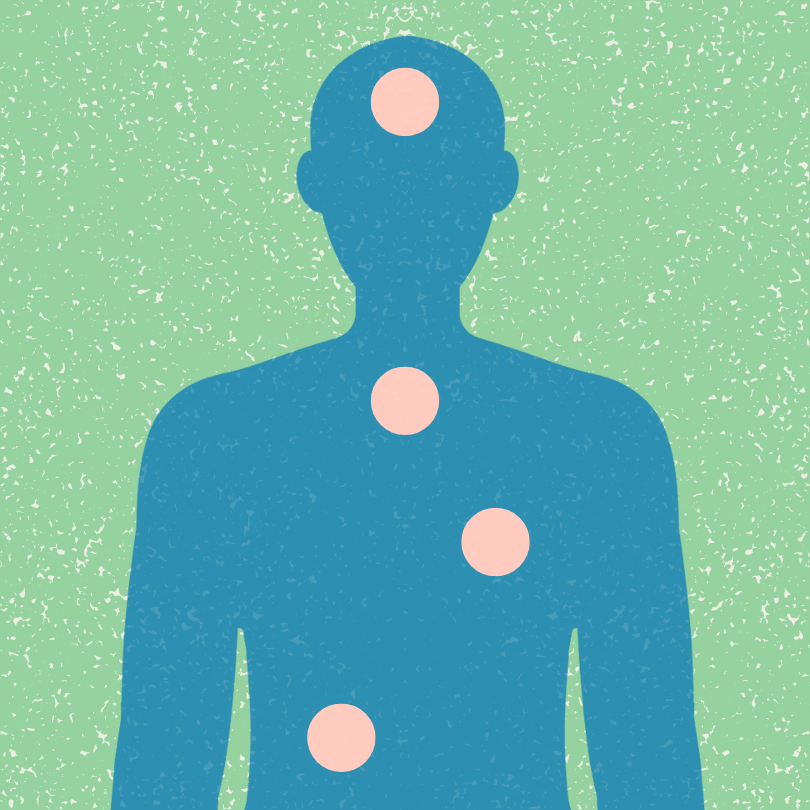Have you heard about the alarming rise in whooping cough cases across the U.S.? Let’s dive into the details of this concerning trend and learn how you can protect yourself and your loved ones.

Understanding Whooping Cough (Pertussis)
Whooping cough, also known as pertussis, is a highly contagious respiratory infection caused by the bacterium Bordetella pertussis. It’s characterized by severe coughing fits that can last for weeks, with a distinctive “whooping” sound as the infected person gasps for air.
What are the Symptoms of Whooping Cough?
The symptoms of whooping cough typically progress through several stages, starting with cold-like symptoms such as a runny nose, sneezing, and mild cough. As the infection progresses, the cough becomes more severe and can lead to vomiting, exhaustion, and difficulty breathing.
How Is Whooping Cough Transmitted?
Whooping cough spreads through respiratory droplets when an infected person coughs or sneezes. It is highly contagious, especially in the early stages when the symptoms can mimic a common cold. Infants and young children are particularly vulnerable to severe complications from whooping cough.
The Rise in Whooping Cough Cases
In recent years, there has been a concerning increase in whooping cough cases across the U.S. This rise is attributed to factors such as waning immunity from the pertussis vaccine, decreased vaccination rates in some communities, and increased travel leading to the spread of the infection.
Factors Contributing to the Increase in Whooping Cough Cases
Several factors have contributed to the resurgence of whooping cough in the U.S. These include:
- Waning immunity from the pertussis vaccine over time
- Pockets of unvaccinated individuals in certain communities
- Increased travel leading to the spread of the infection across regions
The Impact of the COVID-19 Pandemic
The COVID-19 pandemic has also played a role in the increase of whooping cough cases, as disruptions to routine vaccinations and healthcare services have led to a decrease in vaccination rates. This has created a vulnerable population susceptible to preventable diseases like pertussis.

Protecting Yourself and Your Family
It’s important to take proactive measures to protect yourself and your family from whooping cough. Vaccination remains the most effective way to prevent the infection and its potentially severe complications.
Vaccination Against Whooping Cough
The pertussis vaccine is typically administered as part of the DTaP (diphtheria, tetanus, and pertussis) vaccine series for infants and children. Adults may receive the Tdap vaccine, which includes a booster dose for pertussis protection. Ensuring that you and your family members are up to date on vaccinations can help prevent the spread of whooping cough.
Practice Good Respiratory Hygiene
In addition to vaccination, practicing good respiratory hygiene can help reduce the risk of contracting and spreading whooping cough. This includes covering your mouth and nose when coughing or sneezing, washing your hands frequently, and avoiding close contact with individuals who are sick.

Recognizing and Managing Whooping Cough
If you suspect that you or a family member may have whooping cough, it’s important to seek medical attention promptly for diagnosis and treatment. Early detection and management can help reduce the severity of the infection and prevent complications.
Diagnosis of Whooping Cough
A healthcare provider may diagnose whooping cough based on symptoms, a physical examination, and laboratory tests such as a throat swab or blood test. Early detection is crucial for initiating timely treatment and preventing the spread of the infection to others.
Treatment of Whooping Cough
Treatment for whooping cough often involves antibiotics to reduce the severity and duration of the infection. Supportive care such as rest, hydration, and symptom management can help alleviate the coughing fits and associated discomfort. In severe cases, hospitalization may be necessary to ensure adequate respiratory support.

Stay Informed and Stay Safe
Keeping yourself informed about the risks and prevention strategies for whooping cough is essential for protecting your health and the health of your loved ones. By staying up to date on vaccination recommendations, practicing good respiratory hygiene, and seeking timely medical care when needed, you can reduce the impact of this concerning respiratory infection. Remember, prevention is key when it comes to safeguarding against whooping cough and other preventable diseases.
Conclusion
In conclusion, the rise in whooping cough cases across the U.S. is a reminder of the importance of vaccination and respiratory hygiene in preventing the spread of infectious diseases. By taking proactive steps to protect yourself and your family, you can help mitigate the impact of whooping cough and other respiratory infections in your community. Stay informed, stay safe, and prioritize your health and well-being.


